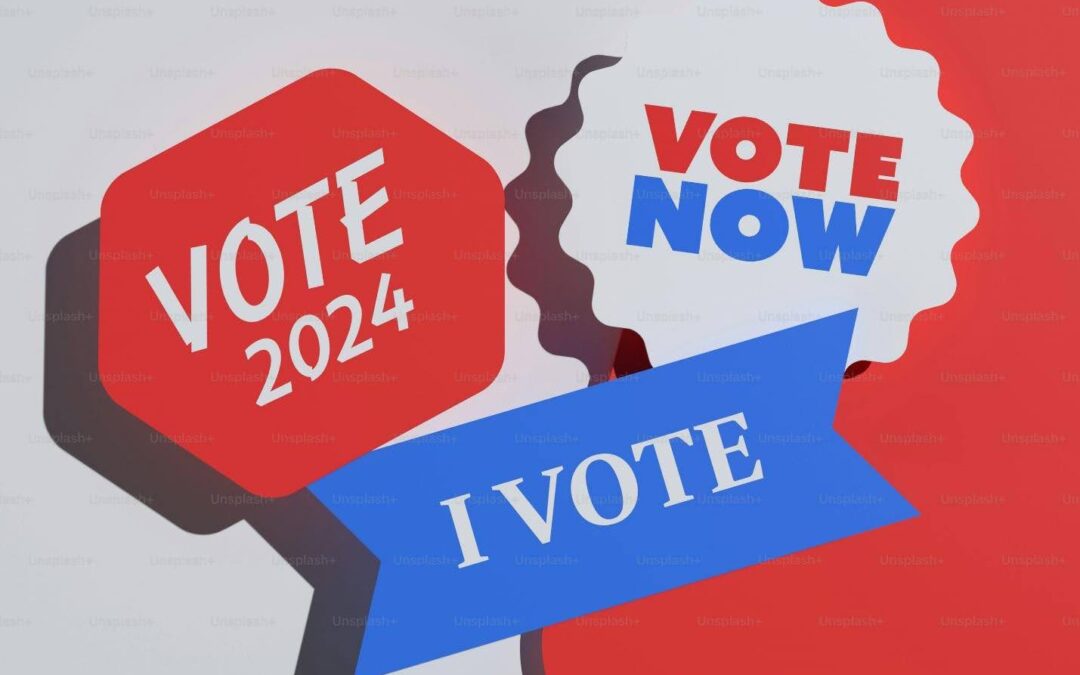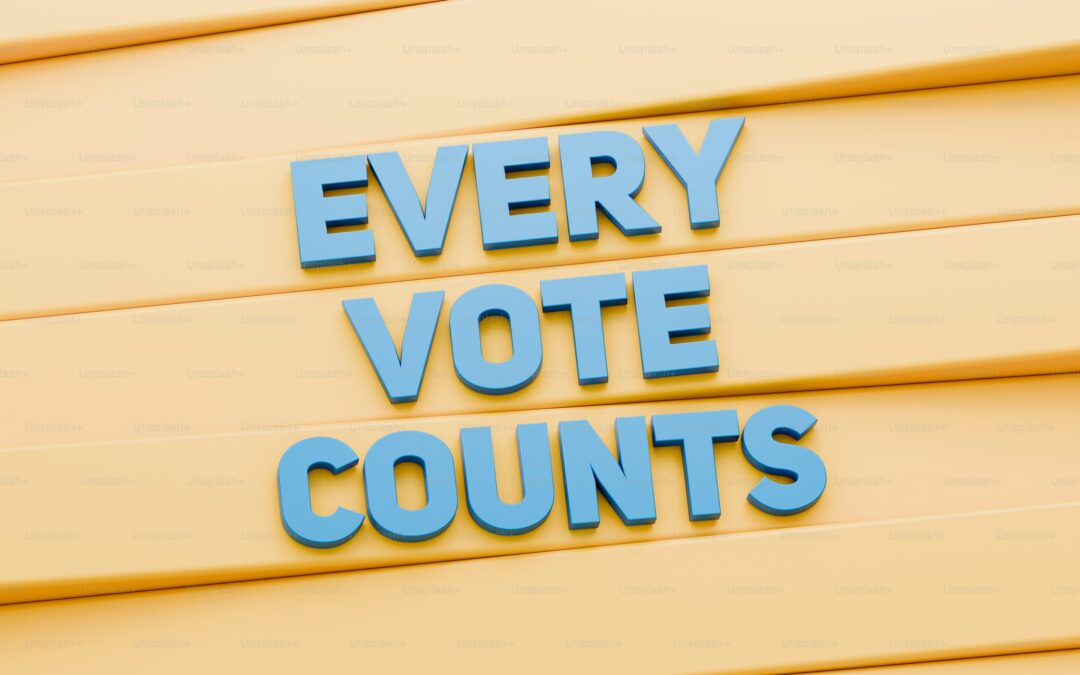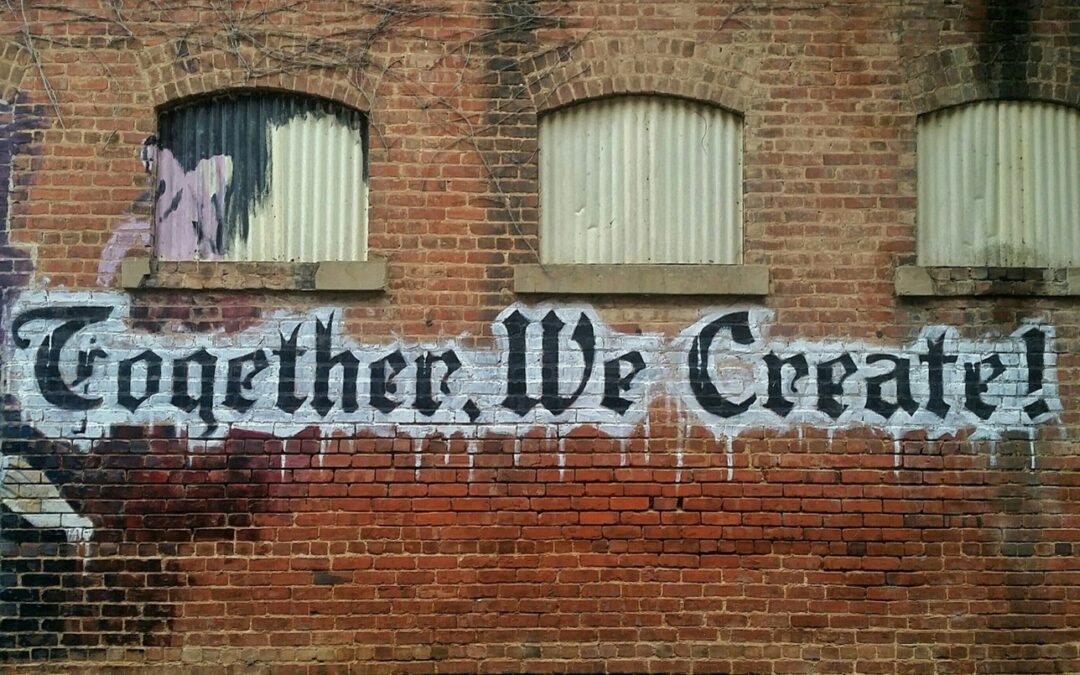While early voting is well underway in some places, there is still time to make a difference in the 2024 election. Faith teaches us that Big Spirit will work all this craziness out. Action is faith’s beloved sister and seems to go with faith.

Tom Adams
Too many organizations underperform because they fail to pay sufficient attention to leader transitions. As a result, the mission, those served, and the employees suffer. In my work with more than 300 organizations facing leader transitions, I’ve identified many factors that influence the outcome of a leader transition.
The power of leader transitions to advance, weaken or destroy organizations and the power of a planned and well-executed transition to strengthen and transform organizations.
Unfortunately, not every leader transition goes so well. Think for a moment about organizations you might know that were weakened or destroyed by a flawed leader transition. Arts organizations, charter schools, food banks, group homes for people with developmental disabilities, neighborhood development initiatives and community health clinics of all sizes have felt the pain of failed or flawed transitions.
See our Resource Pages for additional information on each topic.

While early voting is well underway in some places, there is still time to make a difference in the 2024 election. Faith teaches us that Big Spirit will work all this craziness out. Action is faith’s beloved sister and seems to go with faith.

Our local community newspaper, the Greenbelt News Review, had a fictional story last week about the 2024 elections When Choosing the Lesser of Two Evils Makes Sense. The writer describes the dilemma of the person who doesn’t like either candidate. After some reflection, the person decided the best way t was to not vote at all.

This week’s post is about how a small enterprise built on hope and shared commitments can endure and continue to do good. I recently relearned this lesson by attending the 50th anniversary of Neighborhood Housing Services of Baltimore (NHS), an organization where I had the privilege of serving as its first executive director fifty years ago.

For a while I have been gently reflecting on the connection between faith and our desire and commitment to live together in love and community. For me, the shift from despair to hope about the 2024 election campaigns is a great relief. America is certainly proving to be a free society where everyone is entitled to their opinion. Having lived seven decades, I appreciate the ups and downs will continue. With that in mind, today’s post is about “acting as if”.

If you’ve seen one nonprofit board, you’ve seen one nonprofit board. There are those that drive change and those that prevent it. Boards that raise money and boards that don’t. Those living in the weeds and those that function at nosebleed heights.

The organizations we live and work in every day are highly complex and multi-dimensional with many moving parts and diverse personalities, perspectives, and interests. They’re also interdependent with the volatile and complex world beyond their walls. As a consultant to nonprofit organizations, I’m hyper-aware of the forces that continually buffet them – vagaries in the political environment that impact their funding, social and economic forces that impact their clients, the many impacts of the pandemic, and the impact of generational differences in the workplace, to name just a few.

Reflecting on one year ending and another beginning gets me thinking about the practice of courage. I am keenly aware of how easy it is to keep doing the same activities and how hard it is to change. It doesn’t really matter whether I enjoy or get benefits from a...

On Sunday evening, after a delightful holiday weekend, I learned of the sudden death of a 41-year-old friend. I couldn’t believe it. Numbness blocked my tears. I sat in shock.

As a consultant who works with nonprofit organizations, I have a specific interest in succession and in seeing organizations becoming more equitable. A word that we often hear in this work is leadership. This word, for me, has some deep, almost ancestral resonance while at the same time making me a little uneasy.

I find myself appalled at the latest mass shooting in Lewiston, Maine. The horror of so many people innocently gunned down in a bowling alley and restaurant sends terror to my heart. I couldn’t help but think on the way to the store last night that no one is safe any place.